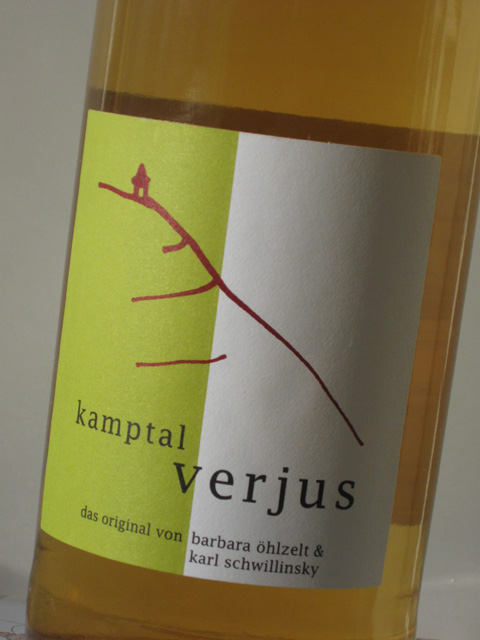Clemens Busch, Riesling Spätlese Trocken ***, 2006
You are British, your white wine has to be rich Chardonnay and you think German white is evil and sugary? Then go and try this dry late harvest Riesling from Clemens Busch.
A little mineral and stone fruit with herbal notes in the nose, this Riesling feels like a full-bodied candy in the mouth - but mind you, it is not very fruity, it just fills your mouth. Lots of depth; strong and present enough to go with a wide range of food, including meat. A little peach mixed with green vegetable and some notes of wood. Strong finish, showing some tannin, even a tiny sip fills your mouth.


